Heritage in Machico
Machico presents its heritage relics to the curious and even your people remember, live and share what the county has to offer.
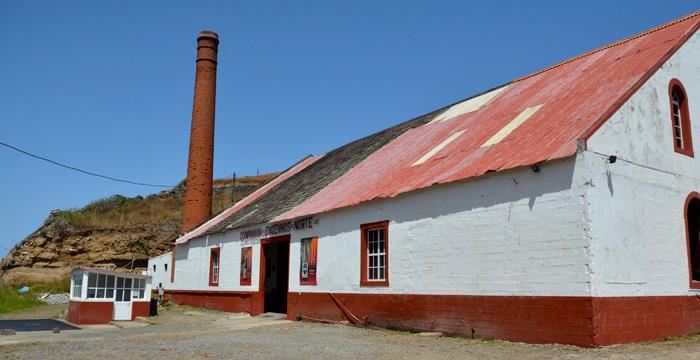
Company of Mills North / North Sugar Mill – since 1927 it is in operation, but currently produces brandy and honey, in the parish of Porto da Cruz. The North Sugar Mill is in a building built in basaltic brick with lime mortar and lintels curved spans, being accompanied by a chimney 26 meters high, built in red brick. Inside this factory, there is a machinery of the Industrial era.
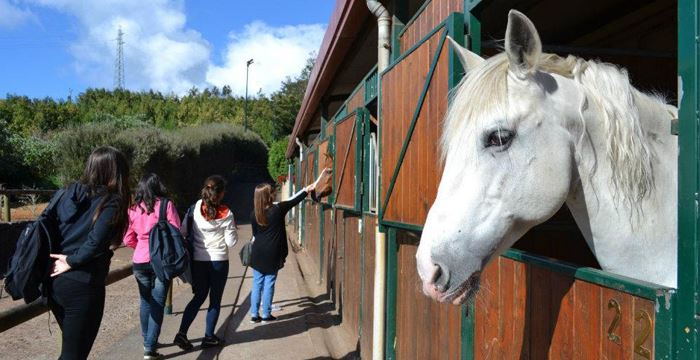
Quinta de São Jorge – in Santo da Serra, this farm has an Equestrian Centre, where you can develop activities such as riding lessons, hippotherapy and horse riding, consisting of a covered arena with lighting and ventilation, and another discovered. Although there is a restaurant, “The House of Horses” and the bar “Horse Power Bar”, a car salon and an urbanization with villas.
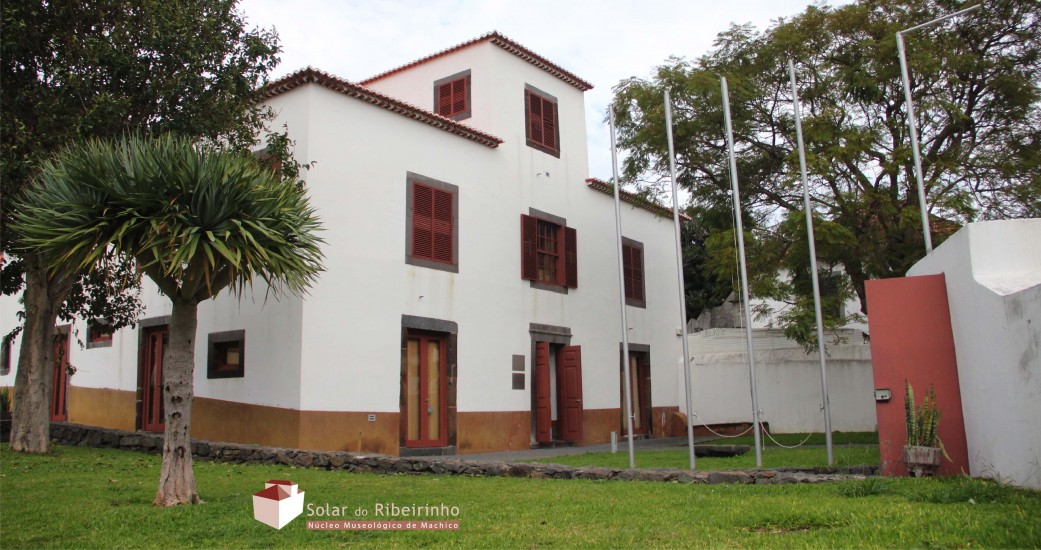
Museum Centre “Solar do Ribeirinho” – a building of the seventeenth century, home and tells several stories and talk about the characters that belong to the history of Machico municipality, from the Discoveries to the present day. This cultural institution was inaugurated after the recovery of the Solar do Ribeirinho, a seventeenth century property. Features into four themes, which highlights a cross of Machin, a painting of the 1st Donee Captain of Machico – Tristan Vaz Teixeira, one processional step XVII of artistic interest century, a rare seal with handle in ivory and imprint in silver sixteenth century, many archaeological objects of ceramic, stone and metal, an inscription with a block machiquense eighteenth-century poet Francisco Alvares Nobrega – Small Camões and other objects that testify to the economic, social and cultural history of Machico, from the fifteenth century to the twentieth . It is open from Tuesday to Friday from 10h00 to 12h30 and from 14h00 to 17h30, Saturday from 10h00 to 13h00, ending on Sunday, Monday and holidays.
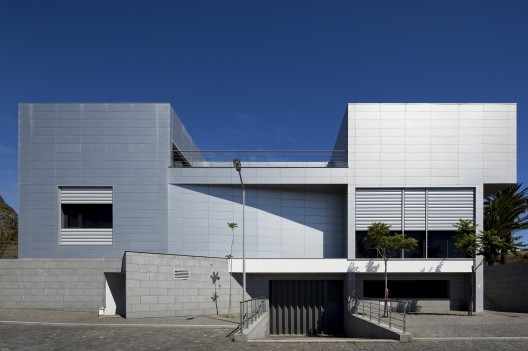
Whale Museum – in 1989, it opened its doors to the public in Caniçal, to tell the story of whaling and all activities and entities that have joined this. In 2011, it opened a new space which made this museum one of the most innovative of its kind at the international level. This presents a museum collection with valuable tools and ancestral experiences, all documented in a rigorous way, from the history of whaling, whale that occurred over the twentieth century. This also shows models of whales and dolphins in real size and 3D movies. In terms of research, it promotes scientific research of cetaceans and marine life in the Madeira Archipelago seas, such as the collection, preservation and study of heritage documentation and history of whaling. It is open from Tuesday to Sunday from 11.00 to 18.00 and closed Monday and holidays.
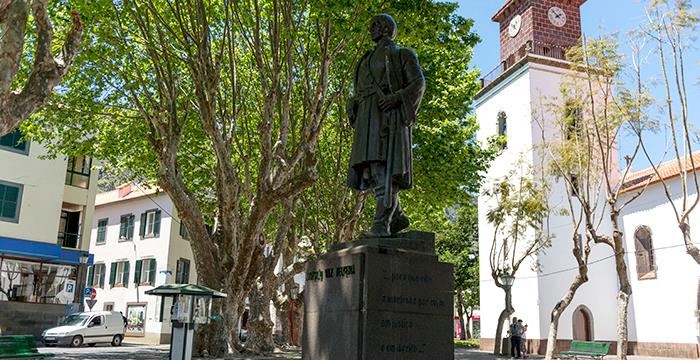
Statue of Tristan Vaz – in off the Mother Church, this honors the 1st captain donee of Machico, both for discovery and contribution to the Madeira Islands. Having been sculpted in bronze by Teixeira Angels and inaugurated in 1972.
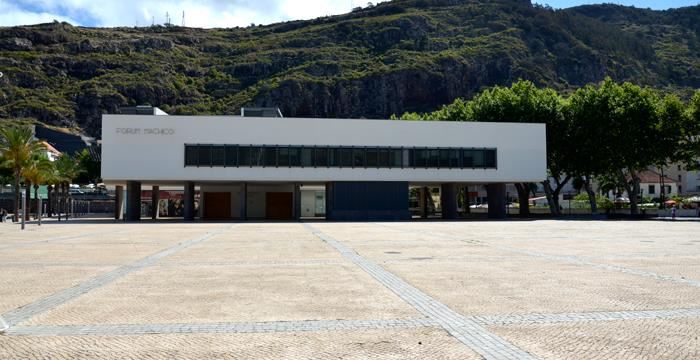
Machico Forum – the city of Machico, this is an aggregator of community and culture, this cultural venue offers an auditorium with capacity for 283 seats, two movie theaters, conference rooms, a library, a restaurant, shopping areas and a park parking, keeping the balance with the surrounding landscape.
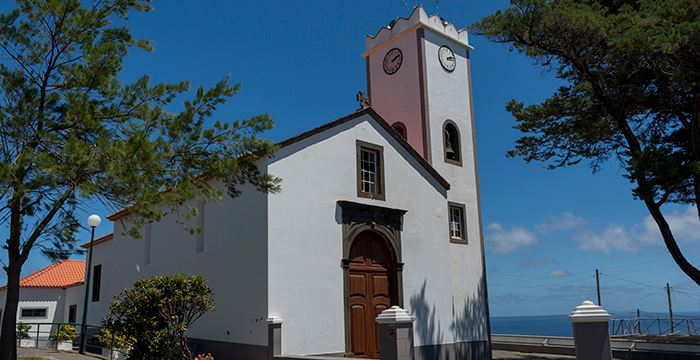
Church of Santa Beatriz – in Água de Pena parish, this church stands in the Baroque style and was rebuilt in 1745, under the ruins of the old sixteenth-century chapel. With a longitudinal plant composed of a single nave and chancel, there is its main facade is finished off in pediment with cornice, torn by an arch portal surmounted pro frieze and cornice.
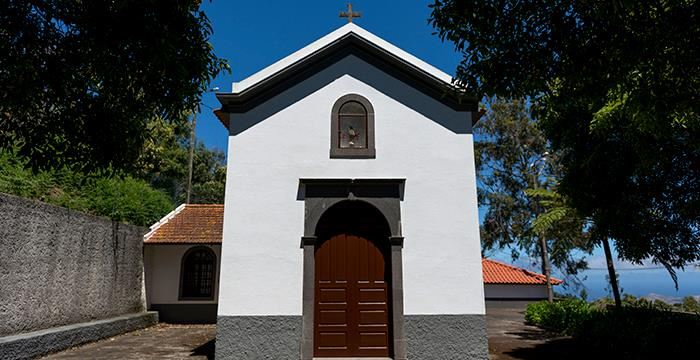
Chapel of the Sacred Heart – or Cardais Chapel, was built in 1907 by Canon Henry Modesto Bettencourt, introducing himself with a revivalist and popular architecture, in evoking the Sacred Heart of Jesus. Recently, this got improvement works due to its state of degradation. Currently consists of a longitudinal plan, with single nave chapel with a main front gable has an effort by a concrete cornice and painted with the cross in stone.
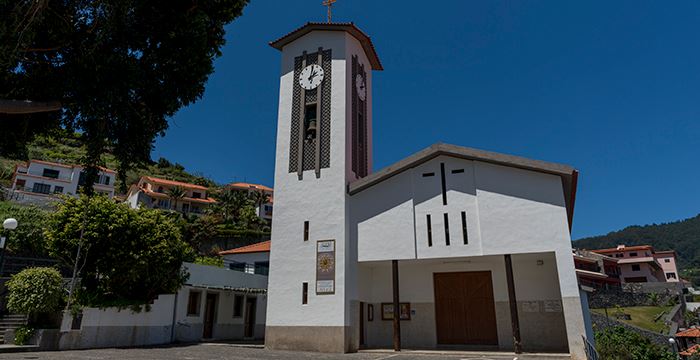
Church Piquinho – also known as Bower, it was inaugurated in 1967 in honor of the patron Saint Joseph Its evocation is a tribute to a solar, which existed on the top of hill in Piquinho Site, this chapel preserves the ruins. with a great archaeological value. This church is open Saturday until 19:00 and Sunday opens at 10h00.
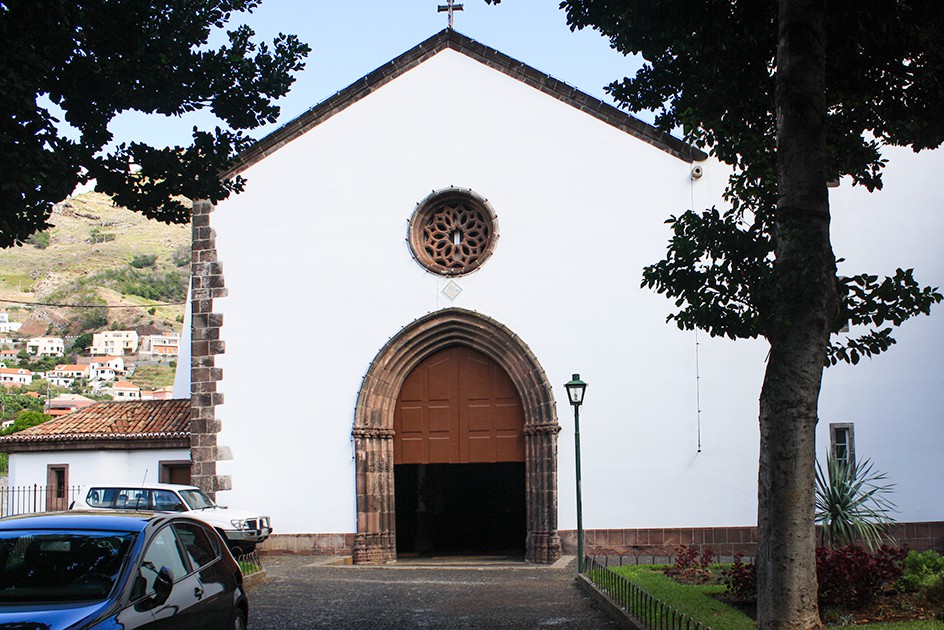
Church of Our Lady of the Conception – built by order of Tristan Vaz Teixeira family, in the late fifteenth century. A Manueline architecture, Mannerist and Baroque, it has undergone changes over the centuries, without changing its primary structure, keeping the three pillars of marble donated by King Manuel. This has a longitudinal plan, with single nave Manueline, along with a Mannerist chancel, with gilded and baroque decoration and even a side door with marble columns in Gothic-Manueline style. Open Sunday Monday from 9h00 to 19h30.
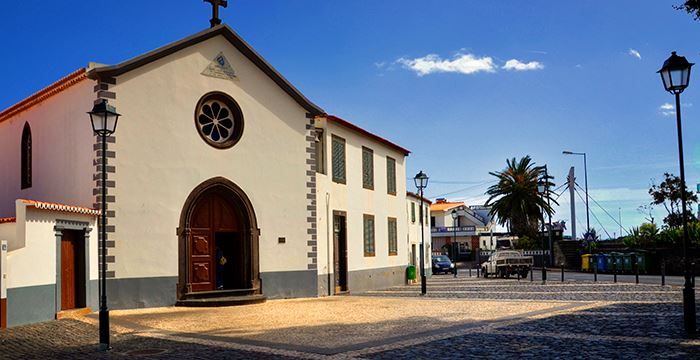
Lord’s Chapel of Miracles – Baroque style, it was built in place of the original chapel of the fifteenth century, which was destroyed by the 1803 year of alluvium, and this were preserved some Gantry stone arch, when the rest are a replica in neo-Manueline style. Inside this is the image of Christ crucified, which was found after three days of a trawler. Every year is held a procession that houses the pilgrims honoring the patron and paying their promises. Is open Monday to Sunday from 9:00 to 19:30.
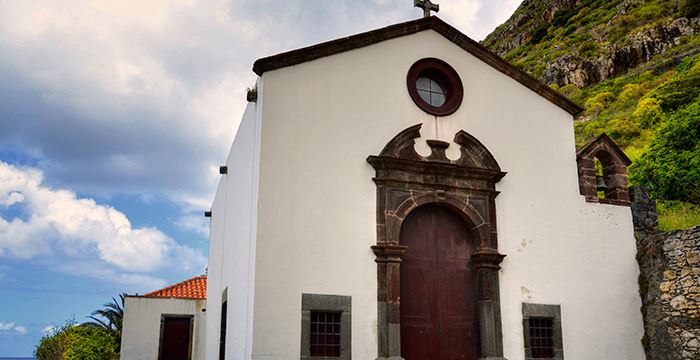
Chapel of San Roque – Baroque style and was ordered built in the year 1489, by Tristan Vaz Teixeira, in order to fulfill the promise which was granted with the end of the plague. The original chapel was replaced in 1739 by a longitudinal plant, with frontispiece, with a baroque portal in regional stone, while the interior features is decorated with white and blue tiles, alluding to the life of Saint Roque. It is open Monday to Sunday from 9h00 to 12h30 and from 14h00 to 17h30.



